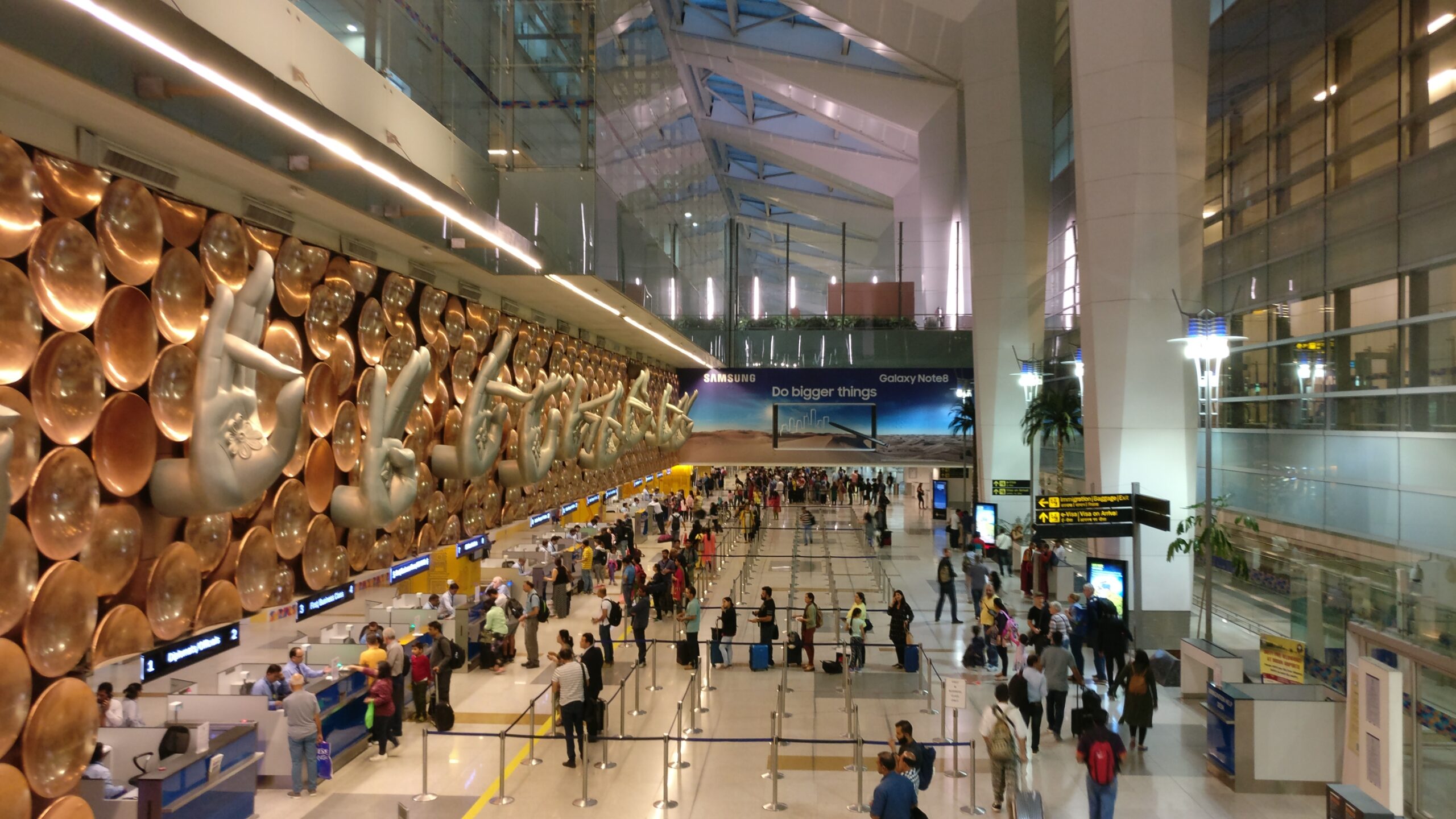Delhi’s Indira Gandhi International Airport has jumped three positions from 2020 to emerge as the 13th busiest airport in the world in passenger handling, with over 37.1 million people passing through it in 2021, according to the latest report by the Airports Council International (ACI).
The annual World Airport Traffic Dataset said that passenger traffic at IGI airport jumped over 30% in 2021 over the 2020 volume which was recorded at over 28.5 million. IGI airport stood at 16th position in 2020. Incidentally, IGI airport is the only Indian airport to figure in the top 20 busiest airports in the world. In aircraft movement Delhi stood at 18th position in 2021, up seven positions from 25th in 2020.
The report said that in 2021, the world’s airports accommodated 4.6 billion passengers, representing an increase of 28.3% from 2020 or a drop of 49.5% from 2019 results. The top 20 airports, representing 19% of global traffic (863 million passengers), experienced a gain of 42.9% from 2020 or a drop of 31.9% vis-à-vis their 2019 results (1.27 billion passengers in 2019).
Hartsfield-Jackson Atlanta International Airport (ATL, 75.7 million passengers, 76.4%) was back on the top of the 2021 rankings followed by Dallas Forth Worth (DFW, 62.5 million passengers, 58.7%) and Denver (DEN, 58.8 million passengers, 74.4%). China’s Guangzhou airport, which held the top position in 2020, dropped down to 8th in 2021.
From the top 20 rankings, almost all airports have significant domestic traffic representing 65% to 100% of their total passengers. The only exception is Istanbul International Airport (IST) with a larger international traffic share (72% of passenger traffic).
Air cargo volumes increased by 15.4% year-over-year (4.5% versus 2019), to a record 125 million metric tonnes in 2021. Air cargo volumes in the top 20 airports, representing around 44% (54.8 million metric tonnes) of the global volumes in 2021, gained 14.7% in 2021 year-over-year or 13.4% versus 2019. The gain can be attributed to improved economic conditions that drove an increase in demand for consumer goods and pharmaceutical products (such as personal protective equipment and vaccines).
Hong Kong (HKG, 5.0 million metric tonnes, 12.5%) regained top rank from Memphis (MEM, 4.5 million metric tonnes) who inched back to second position, followed by Shanghai (PVG, 4 million metric tonnes, 8.0%) in third. Compared to pre-pandemic levels, the biggest jump in the top 20 rankings was recorded for Chicago’s O’Hare International Airport (ORD), which improved its position by seven spots, from 18th in 2019 to 11th in 2021.
In 2021 global aircraft movements were close to 74 million, representing a gain of 18.7% from 2020 results or -28.2% versus 2019. The top 20 airports, representing 12% of global traffic (8.7 million movements), witnessed a gain of 27.9% from their 2020 results or a drop of 15.7% vis-à-vis their 2019 results (10.3 million in 2019).
The World Airport Traffic Dataset is the industry’s most comprehensive airport statistics dataset featuring airport traffic for over 2,600 airports in more than 180 countries and territories. It provides a view of air transport demand across the world’s airports in three areas: passengers (international and domestic), air cargo (freight and mail) and aircraft movements (air transport movements and general aviation).
“Following the release of preliminary data earlier in the year, we are pleased to share ACI’s complete annual World Airport Traffic Dataset,” said ACI World Director General Luis Felipe de Oliveira.
“It remains the authoritative source for global data on air transport demand across major city markets in Africa, Asia-Pacific, Europe, Latin America-Caribbean, the Middle East, and North America. It is also the principal industry reference for air traffic rankings by type and region.
“2021 represents the beginning of the aviation industry’s recovery. While some of the perennial busiest airport leaders have re-joined upper ranks, other regions struggle to recover leading to new entrants in the top 20. With many countries taking steps towards the return of a certain normality, lifting almost all the health measures and travel restrictions as supported by science, we welcome the continuation of air travel demand’s recovery in 2022, despite certain headwinds.”


























